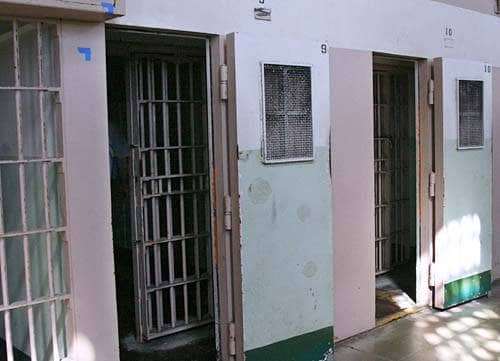
by Mumia Abu-Jamal
It is a daunting task to describe death row. That peculiarly American institution of ultimate exclusion, where men and women are sent to rot. To sit to die.
In the beginning, I spent 23 and one. Meaning 23 hours in a cell and one hour out. After some minor protests and hunger strikes. The regime became 22 hours in a cell and two hours outside.
That endured for years. And then a united nations expert, Juan Mendez, the body’s Special Rapporteur on torture, issued an official opinion declaring that any amount of time passed 13 days in solitary confinement constituted irreparable damage to the psyche and thus violated internation law.
Armed with such research, the abolitionist law center of Pittsburg, contacted the states prison adm to challenge the lock down of death row. After months of haggling and negotiations, a new reality dawned on death row. Men spent over six hours a day out of cell, had contact visits with family and friends and intermingled with other guys in populations. They went to the yard with other men.
For many men, who spent decades on death row, this new thing became unrecognizable. More importantly, some men gained new trials and several went home. Over the years you’ve no doubt heard me speak of many of them and there walk away from the house of darkness.
Quietly, dozens of other cases endured resentences so that some received time served and others lesser sentences. And yet, death row remains a weapon, it therefore needs far more than reform. It needs to be abolished. With Love not Fear, this is Mumia Abu- Jamal





